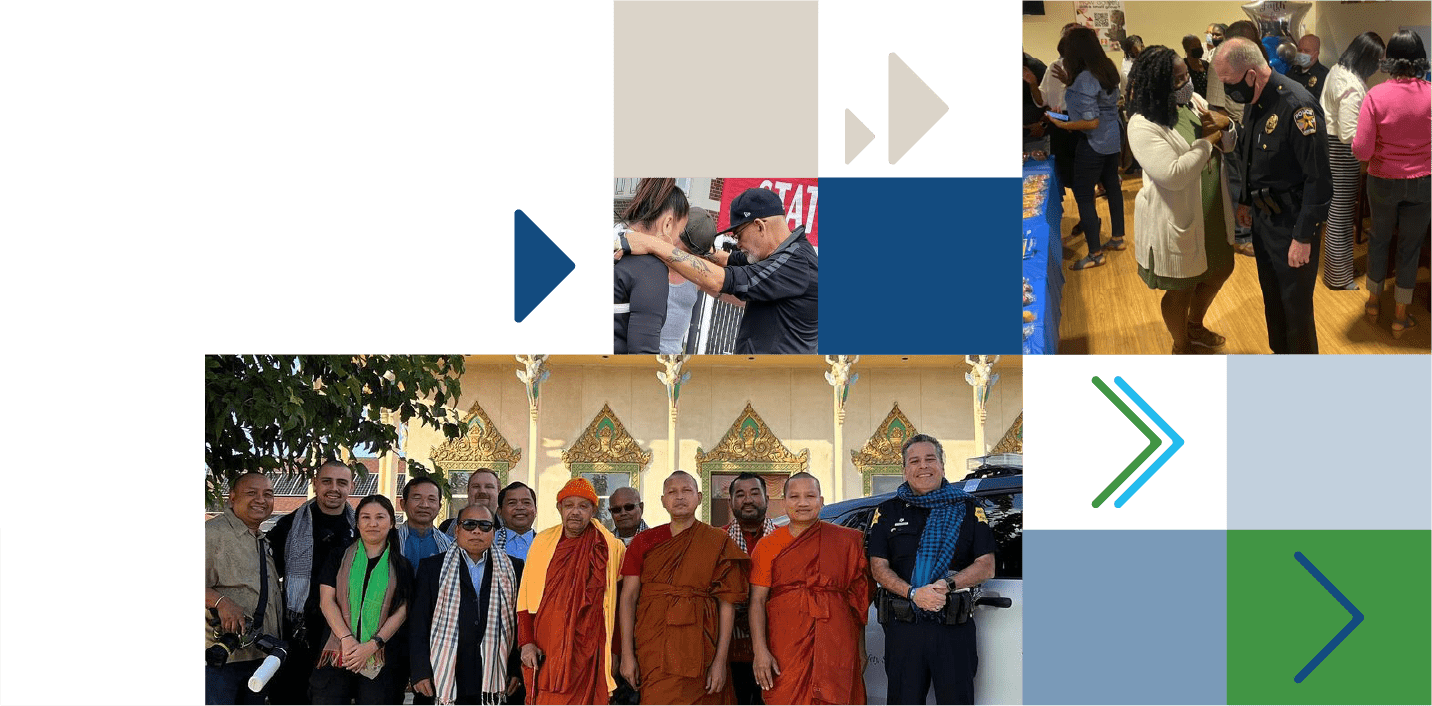Uncategorized | May 1st, 2020
Law Enforcement Increasing Cultural and Historical Awareness

Because of the direct contact with communities that first responders and law enforcement officials have, their task is to learn how to effectively engage the populations within their scope of work. With the goal of public safety being the primary objective for these individuals, officers must consider cultural and historical awareness within communities.
Cultural awareness can be described as a person understanding the differences between themselves and people from other countries or backgrounds, especially differences in attitudes and values. Cultural awareness is crucial for officers working closely and trying to collaborate with communities whose cultures and languages vary across the board.
Strategies currently being used that have been seen to be effective in policing diverse communities are practical, field-informed approaches for building trust with various residents of multiracial, multiethnic populations. Three key components are: 1.) how to increase cultural understanding, 2) how to serve diverse communities, and 3.) how to support trust building. Certain communities may have public safety needs and challenges that are difficult for police to understand and in order for those officers to acquire the knowledge necessary to effectively perform their duties and build trust among community members, it is essential that they try to understand the community’s history, diversity, and concerns.
With my background and masters in social work, this particular focus and knowledge taps into additionally tackling historical trauma some communities may be dealing with from the past. Historical trauma is the concept that trauma is multigenerational and can be passed down through time. The transmission of multi-generational trauma effects is not only psychological, familial, social and cultural, but could be neurobiological and possibly even genetic as well. Specific groups of people that might experience this type of trauma include: descendants of slaves, Native Americans, descendants of the Armenian genocide, descendants of the atomic bombings of Hiroshima and Nagasaki, refugees, Generation of Survivors in a family who experience childhood neglect/abuse, survivors of the Holocaust, substance misuse across generations, and transmission of multi-generational trauma.
Law enforcement agencies need to understand the possible embedded history of communities and even the type of policing in the United States that previously occurred. Examples include the difficult truths about slave patrols which were organized groups of armed white men in the 1700s-1800s who monitored and enforced discipline upon black slaves in the antebellum U.S. southern states to “broken window” policing in the 1980s where law enforcement were tasked with policing neighborhoods and responding to minor crimes on the theory that social disorder, even when not violent or criminal, leads to crime.
With this particular lens we tap into what we as social workers deem as the historical trauma theory, which can be applied to officers taking the time to understand the history and culture ingrained into a community. This overall approach can greatly ensure that the trust necessary for bridging the gap, with effective and safe community policing, is embraced, collaborated on and created together so that better policies can be created that cater to those areas.
Editorial Disclaimer: All blog posts are contributed by a member of the MovementForward, Inc. team in their personal capacity. The opinions expressed in the posts are the author’s own and do not reflect the views of MovementForward, Inc. or any other partnership associated with the organization.
